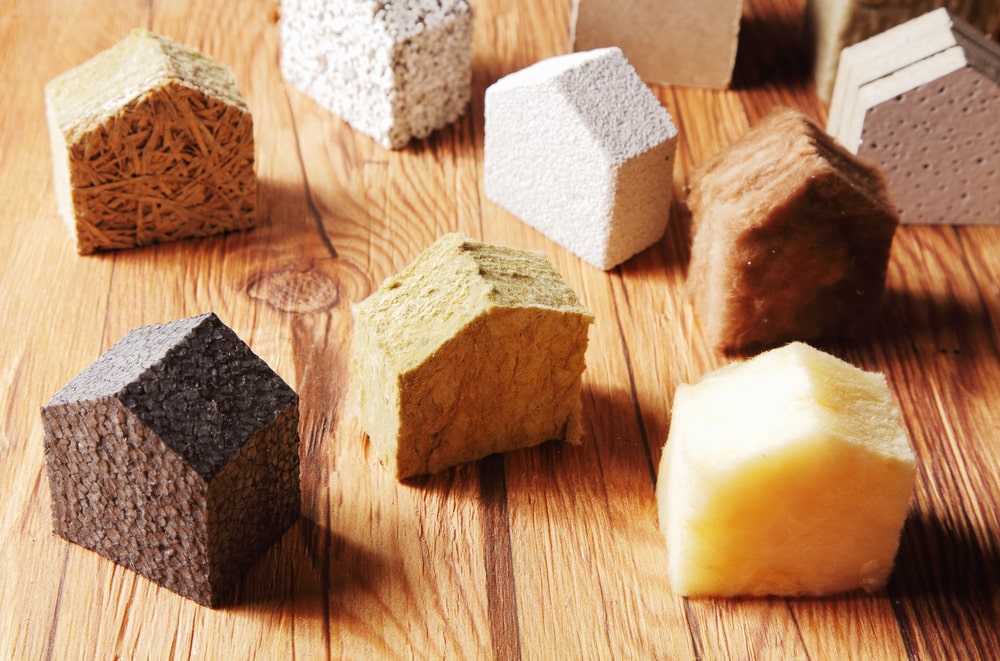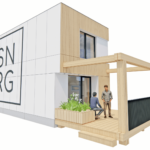Sector - Environment
Zero carbon built environment

Turning to nature: how Scotland’s bioeconomy could support a zero carbon built environment.
Written for Construction Online by Jennifer Smart, head of sustainability programmes, Construction Scotland Innovation Centre (CSIC).
The fight against climate change

Jennifer Smart
In Scotland’s fight against climate change, we have a number of tools in our armoury that stand us in good stead for accelerating change. As a nation, we have a strong track record when it comes to innovation and invention, with Scots being responsible for many of the technologies we turn to every day, such as the TV and the telephone.
Combined with an excellent research base from our world-class universities, we have the skills and expertise to drive the sustainable changes needed across all areas of the economy – not least in construction and the built environment, which accounts for almost half of the UK’s carbon emissions.
Bioeconomy growth
Underpinned by such research, the bioeconomy in Scotland has grown significantly in recent years. By turning to nature and biotechnology, the industry is supporting a range of sectors to introduce more sustainable, bio-based products and processes that can be used as alternatives to petrochemicals.
With ongoing materials shortages and the need for construction to reduce its carbon footprint, could the bioeconomy hold some of the answers to our sector’s challenges? While it might seem quite alien for construction to turn to lab-based research, the need to change ways of working has never been more urgent and utilising the expertise from another industry could unlock significant opportunities.
There are already cases where biotechnology is being used for the benefit of the built environment across the globe, but we now need to take it one step further and translate curiosity into meaningful action.
Low-carbon alternatives
One example in Scotland is the work of BAM Ritchies and the University of Strathclyde. The project team is developing a low-carbon alternative to cement using bacteria to help solidify and stabilise loose materials like soil on coastal defences and embankments. The microbially-induced calcite precipitation (MICP) system could, for instance, be injected into crumbling cliff faces to increase their strength and prevent erosion. Perhaps most importantly, its use would eliminate the need for cement – production of the material alone accounts for 8% of the world’s carbon emissions.
Another bio-based alternative making its way into construction is mycelium, a material that comes from fungi and benefits from industrial strength, meaning it can be used for a range of purposes such as cladding, structural components and insulation. It is also known to have significant carbon sequestering abilities, more so than typical soil or even Scottish peatland, making it an ideal candidate as a building material.
Natural materials
Other examples of natural materials being explored by the sector include sheep’s wool, hemp and even fruit peelings for insulation. Due to be completed this summer, the UK’s first dedicated natural insulation factory is currently being set up by IndiNature in the Scottish borders.
Importantly, alternative materials can help to reduce the carbon footprint of the buildings we use by capturing and storing carbon. A lot of the talk about zero carbon so far has been focused on operational consumption, and while these are more short-term, immediate changes that can be made, in the longer term we will also need to consider the role of raw materials in tackling climate change.
Working together with the bioeconomy could help the built environment transition to zero carbon in ways that haven’t before been considered. And for biotechnology companies, there could be new markets in the built environment yet to be explored.
Both sectors are working towards a common goal – zero carbon – and by sharing knowledge and matching up the expertise on both sides, we have an opportunity to unlock huge potential. Construction is still in many ways a traditional sector which can be resistant to change, but we must be open to new possibilities in order to transform the built environment in the ways that it is needed, with collaboration as a driving force for change.
If you would like to read more stories like this, then please click here
Related Articles
More Environment News
- Government commits to record levels of funding for flood resilience
24 Sep 25
A total of £2.65 billion is being spent over two years on new flood defences.
- COWI partners with University of Strathclyde to trial environmental DNA for sustainable infrastructure
18 Sep 25
COWI has partnered with the University of Strathclyde to trial the use of environmental DNA (eDNA)
- Planning permission secured for UK’s first carbon capture enabled cement works
30 Apr 25
RSK has achieved planning permission for the first carbon capture enabled cement works in the






